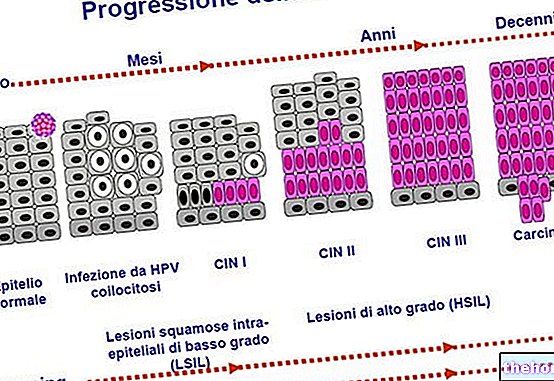
The CT scan of the head is mainly of help in the diagnosis of tumor, vascular or infectious diseases affecting the brain, in the study of the consequences of head trauma and in the "identification of congenital malformations of the cranial bones and conditions such as" hydrocephalus.
With a total duration of 30 minutes maximum, the head CT requires a certain preparation (in particular if the use of a contrast medium is required) and, for its correct execution, requires the patient to be completely immobile.
The risks of CT to the head are related to the dose of X-rays to which the patient is exposed during the examination and to the contrast medium (if it is intended to be used), which in some individuals is the cause of an allergic reaction.
Contraindicated in the case of pregnancy, obesity and, if with a contrast agent, even in the presence of diabetes and renal insufficiency, the CT scan of the head provides excellent quality images, which allows to draw up very precise diagnoses.
The equipment for the CT scan includes:
- The large donut-shaped scanning unit, called gantry. It is the source of ionizing radiation (X-rays);
- The generator;
- The support on which to place the patient. Generally, it is a sliding bed;
- An electronic computer;
- A console command for viewing three-dimensional images;
- A system for recording the acquired data.
Sometimes, the CT scan can involve the use of a contrast medium (CT with contrast); usually based on iodine, the contrast medium allows to create, through the CT scan, extremely detailed images of: blood vessels, lymph nodes and parenchymal organs .
Although it is a normally painless examination (only in the variant with contrast it is annoying, due to the administration of the contrast medium), the CT scan is one of the minimally invasive diagnostic procedures, as the dose of ionizing radiation to which the patient is exposed is considerable. .
Head CT is a diagnostic procedure.




























